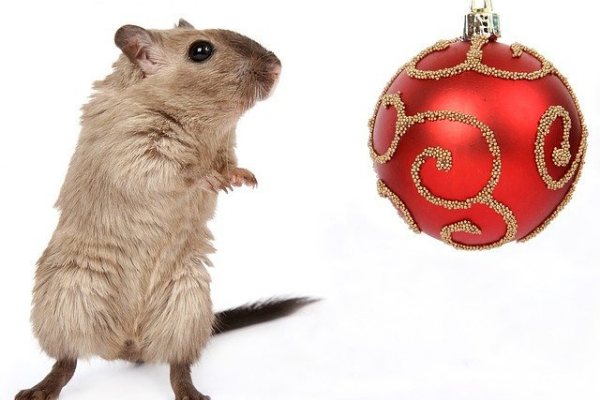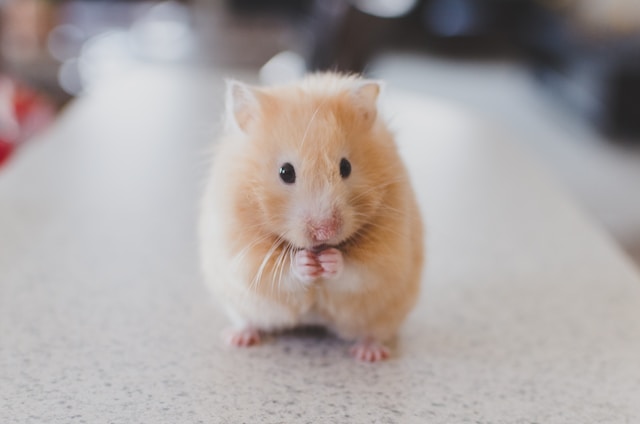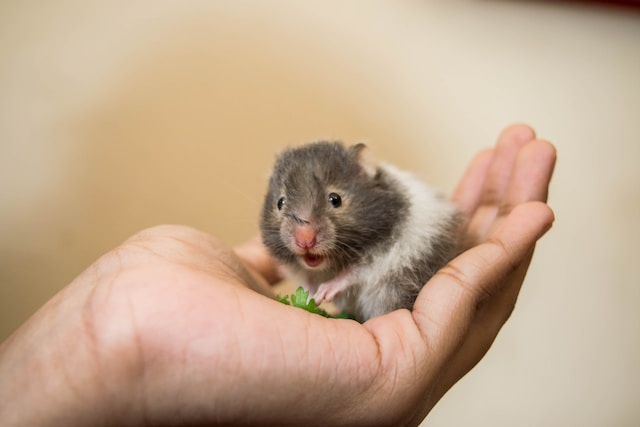12 Common Signs Of A Happy Hamster

I will be addressing a common question about the signs of a happy hamster in this post.
I will be discussing all the common signs of a happy hamster you should know as a hamster owner, so read through.
Hamsters are small rodents that can make great pets for singles and families, a healthy hamster is a happy hamster.
Signs of a happy hamster
A satisfied hamster may be identified by its quiet grooming, stretching, burrowing in the bedding, accumulating food, and lively acrobatics in the cage.
A happy hamster will be active, eat well, and have a good coat. A hamster’s unhappiness may be detected by its inactivity, lack of appetite, and poor coat.
If you think your hamster is unhappy, take them to the vet for a checkup to rule out any potential medical issues.
Here are some well-known or common signs of a happy hamster, you should know which are as follows:
1. A happy hamster grooms in the presence of the owner

If you observe your hamster grooming themselves freely, it’s an indication that they’re satisfied with you and the environment you’ve created.
Happy hamsters groom themselves regularly and freely to show that they are at ease and satisfied in their environment.
This is because they are comfortable enough in their cage and around you to be vulnerable.
So if you spot them grooming themselves, especially in an open area of their cage, you’ll know they’re happy.
2. A happy hamster eats in the owner’s presence
Because they will eat or drink as you stand there watching them, this is one of the finest signals of a happy hamster.
When its owners are not looking or nearby, an unhappy hamster will always hide to feed or play.
So if you discover your hamster eating with your hands in their cage, it’s a positive indicator they’re content to have you there.
Hamsters store food on their cheeks, when they get into their holes they will eat it, but if your hamster is happy eating around you then it’s a good sign.
3. A happy hamster never shows frustration signs
Boredom, dissatisfaction, worry, or hostility toward its caretakers are not characteristics of a happy hamster.
Boredom in hamsters manifests itself in biting, scratching, and excessive chewing, but if your hamster is content, you won’t notice these behaviors.
Always keep an eye out for these symptoms, as they will assist you in determining whether your hamster is unhappy.
From what I know, a happy hamster is never frustrated or will never show any signs of unwanted behaviors.
4. A happy hamster is active and busy in his cage
It’s a good sign if your hamster is very active and vibrant throughout the day.
A hamster who is pleased may have a lot of energy that he or she wants to discharge.
Therefore, they’ll want to run about and play as much as possible to burn off all of their energy.
If a hamster is unhappy, he or she will not perform this as frequently and instead will move very slowly or not at all.
5. A happy hamster plays with toys in the owner’s presence
The other way to tell if your hamster is content is to see them playing with their toys on a regular basis even in your presence.
They may be bored if they aren’t playing with their toys as much as they used to or have stopped playing with them completely.
Hamsters become bored easily, so rotating fresh toys into their cage so they may play with them is a smart idea.
That way, they’ll always have something new and fascinating to interact with and chew on, which will keep them entertained and prevent boredom.
6. A happy hamster is happy with the owner’s presence
When a hamster is comfortable and happy with you, he or she will usually respond immediately when you speak to them.
That doesn’t necessarily mean they comprehend what you’re saying, but it’s more likely that they appreciate the sound of your voice.
Even if you don’t speak to them directly and instead approach their cage, you’ll discover that they come to see you.
They’ll usually come out of their houses or stop what they’re doing to talk to you because it’s something they like.
7. A happy hamster is active on wheels at night
If your hamster is up and running about their wheel late at night, don’t worry this is one of the signs of a happy hamster.
They are more active at night and less active during the day, implying that they are more active at night and less active during the day.
They are quite energetic and will exercise for three to four hours every night. Happy hamsters run on a hamster wheel both day and night.
8. A happy hamster will exercise in the owner’s presence
Even if you are watching, a hamster who is content with its surroundings will exercise frequently.
The reason for this is that happiness may fill a hamster with a lot of energy, and it’ll need a way to burn it off.
They have a number of alternatives to help them with this, and one of the most common is running on their exercise wheel.
You’ll either watch them for a few minutes or for a lengthy period of time.
Regardless of whether your hamster runs for a short time or a long time, it’s a great way to tell if they’re happy.
9. A happy hamster sleeps on top of its bedding
A well-known indicator of a contented hamster is that it has no boundaries since it is too comfortable and secure.
A contented hamster will sleep wherever in its cage, unconcerned with or fearful of predators.
Hamsters have a designated sleeping area in their territory, but if your hamster is content, he doesn’t mind where he sleeps as long as it’s secure.
So, if you get home and find your hamster resting wherever in its cage without hiding, the hamster is content.
10. A happy hamster climbs the owner’s palm easily

You can tell your hamster is delighted and happy when he or she rushes up to you and wants to interact with you.
So if you go past their cage and they begin rushing up to you, that’s a good sign.
It might be a sign that they’re happy with themselves and want to interact and play with you.
You can tell they’re trying to accomplish this when they come up to the side of their cage you’re on as soon as you pass by.
So, if your hamster comes up to you and wants to play with you, you should give them what they want.
A pleased hamster will climb on quickly after you lower your hands for them to climb on, and may even try to climb on you again.
11. A happy hamster is always curious
If you see your hamster is really interested in everything about you, it’s a good indicator that he or she is happy.
Hamsters are naturally curious creatures, so if they show any symptoms of being interested, you may be certain that everything is well.
Curiosity might lead them to explore other parts of their cage as well as any new toys you give them to play with.
Hamsters, on the other hand, are easily frightened. As a result, you must recognize when their interest signals that they are satisfied.
While they’re getting their natural curiosity out of their system, you’ll notice that they don’t exhibit any signs of being fearful or nervous.
12. A happy hamster always yawn
This is one of the numerous actions that a hamster may perform, each of which has a different significance.
They yawn when they are happy, but they also yawn when they are worried or angry about something.
Knowing whether or not a hamster is worried will help you distinguish between the two.
To discover whether your hamster is yawning because they are happy, look to see if they are stretching as well.
Since a happy hamster would usually do both at the same time and show no signs of being unduly irritated.
Learn more about common hamster behaviors.
How to make a hamster happy

Here are some common ways to make a hamster happy:
- Provide a spacious and multi-leveled cage with plenty of room to move around.
- Give your hamster plenty of bedding to burrow and hide in.
- Offer a variety of toys and chews to keep your hamster stimulated and prevent boredom.
- Provide your hamster with a healthy and varied diet.
- Handle your hamster gently and regularly to build trust and create a bond.
- Set up a regular exercise routine outside of their cage to keep them physically active.
- Place their cage in a quiet and safe area of your home to help them feel secure.
- Offer treats as a special reward for good behavior or simply for occasional enjoyment.
- Spend time observing and interacting with your hamster to understand their individual needs and preferences.
Related questions
How can I determine the health of my hamster?
A healthy hamster will have clean ears and eyes in addition to exhibiting the characteristics of a happy hamster. Its teeth should also be in the correct alignment. It needs to be attentive and responsive as well. A veterinarian should be consulted if you believe your hamster may be unwell.
Can an exuberant hamster make noise?
Although hamsters are mostly silent creatures, they occasionally produce some noise when running on their wheel or playing with their toys. The presence of excessive noise may indicate stress or disease.
Can you tell a hamster’s mood by the texture of its fur?
The texture of a hamster’s fur can, to some extent, convey its mood. A hamster that is healthy and content will have a lustrous, silky coat, but one that is distressed or unhappy can have drab, matted fur.
How can I determine whether my hamster is hurt?
Lethargy, lack of appetite, and trouble moving are indications that a hamster could be in discomfort. It’s crucial to see a veterinarian if you think your hamster is in discomfort.
Learn more about hibernating hamster signs.
Conclusion
Living with a happy hamster ensures your hamsters can live much longer than they can if they are unhappy.
I hope you now know the common signs of a happy hamster and how to identify these signs.
The most significant sign of a happy hamster is not hiding when you are around its cage.
If your hamster hides when you pass along its cage, then something is wrong. If your hamster hides around you then you should learn how to care for them.
Physical signs of a happy hamster:
- Bright and shiny eyes
- A fluffy and clean coat
- Healthy body weight
- Active and lively behavior
- Good appetite
Behavioral signs of a happy hamster:
- Enjoyment of playtime and interaction with their owner
- Exploration of their environment
- Building and use of their nest
- Regular grooming habits
